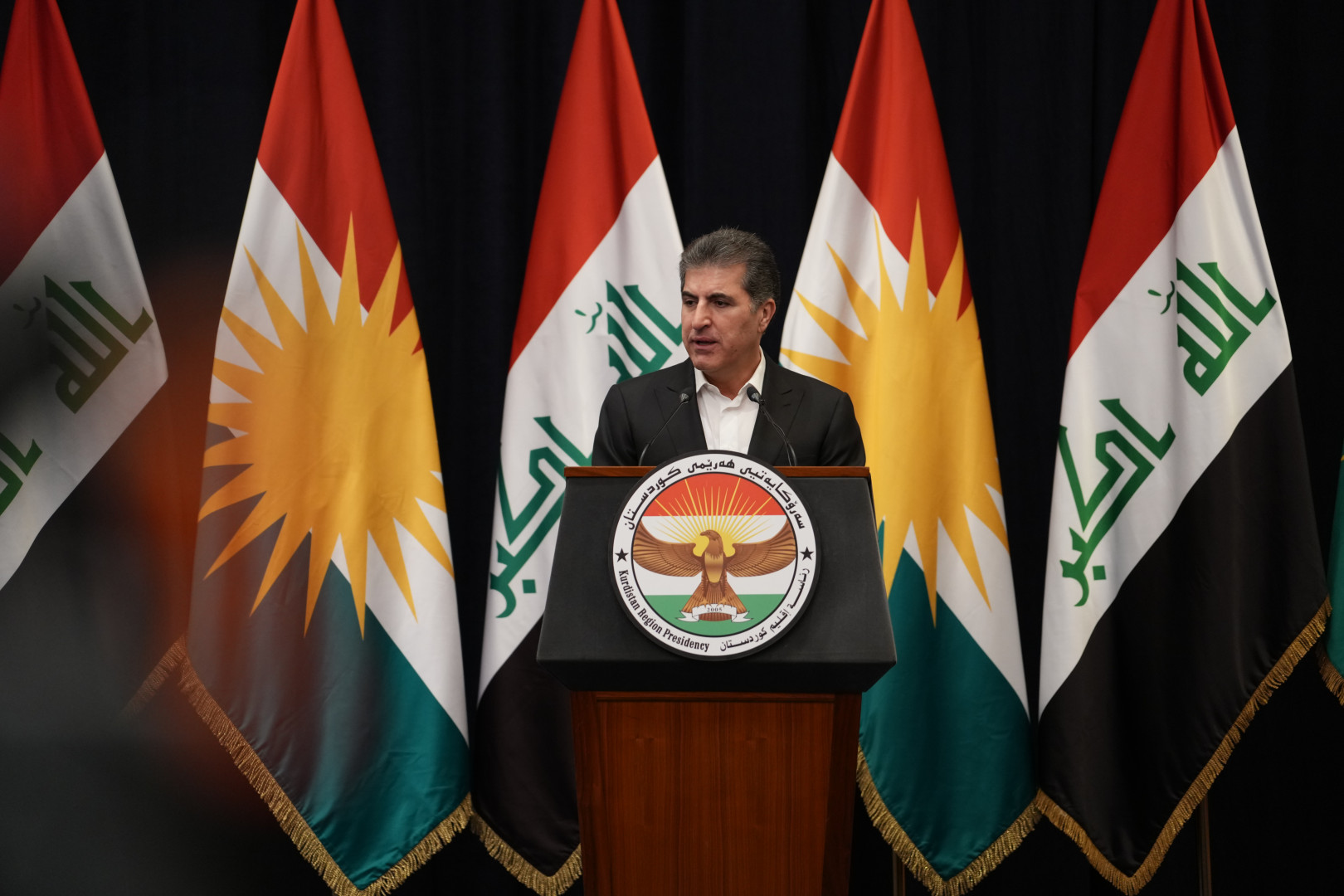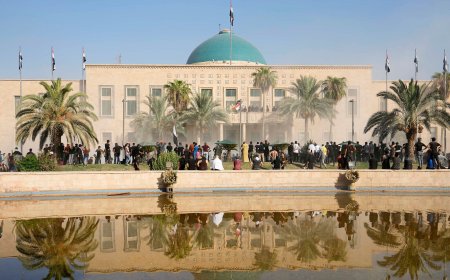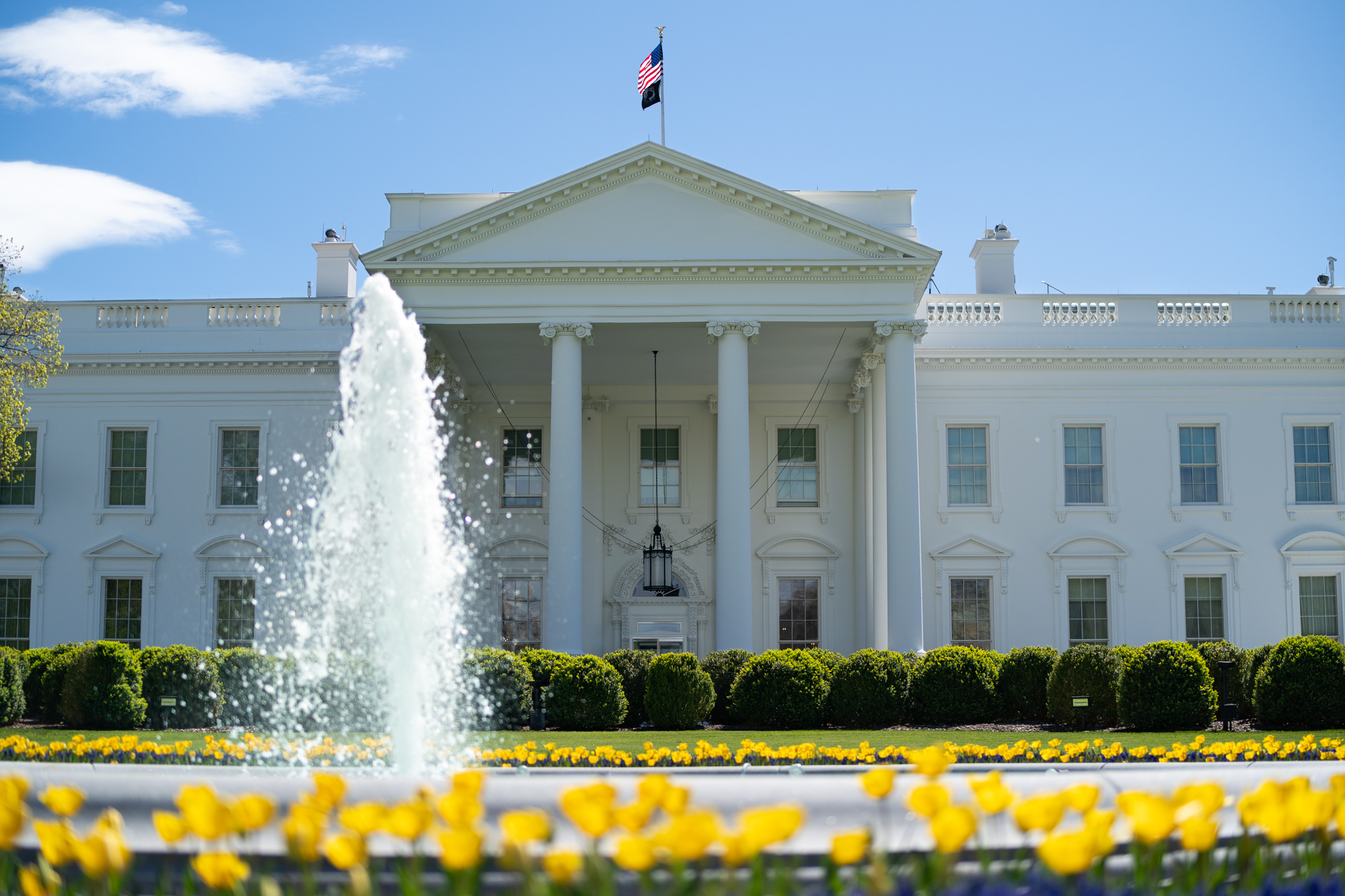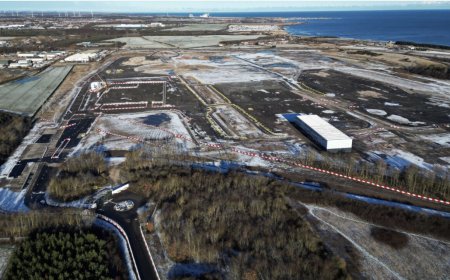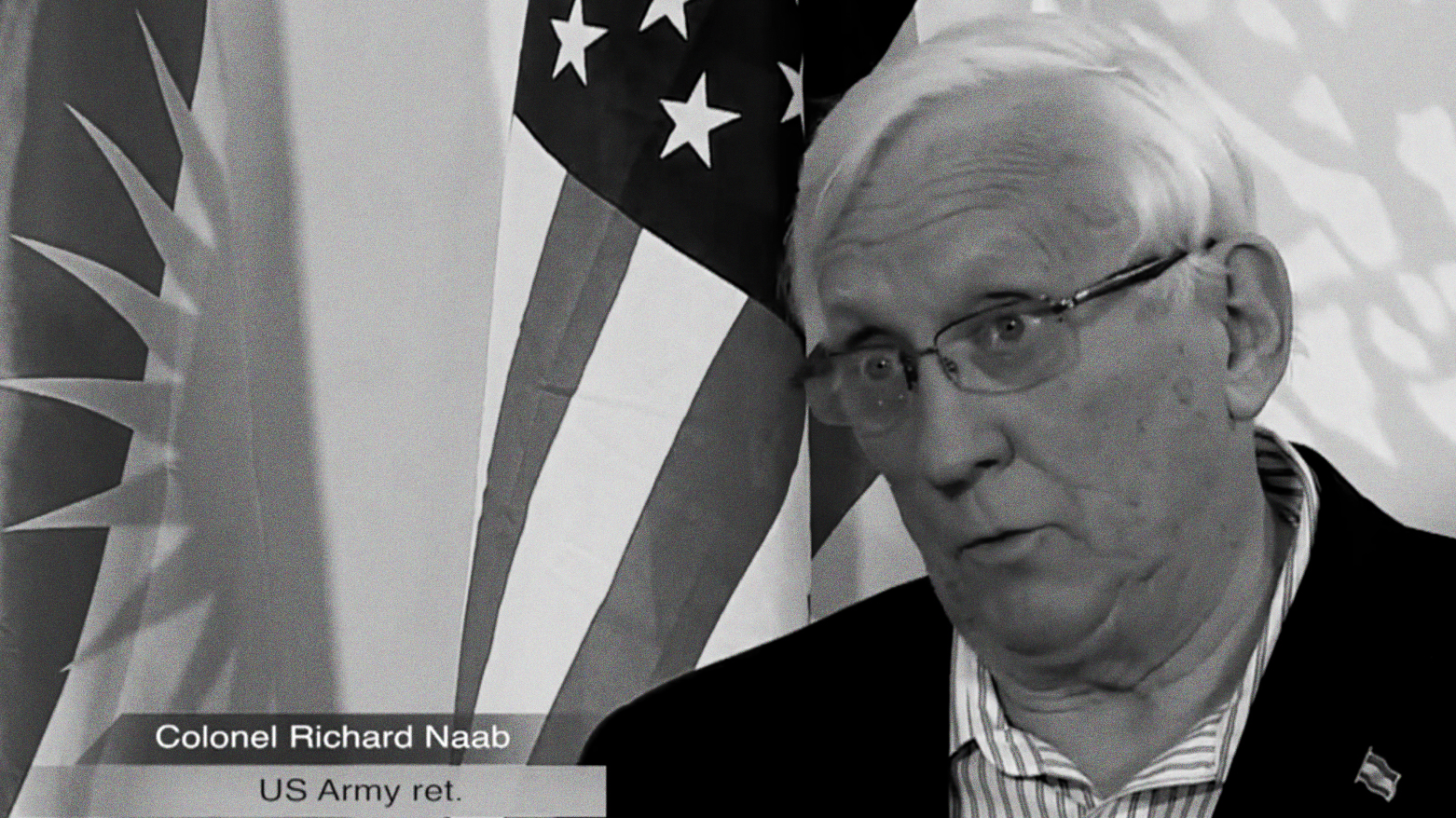Cash, Chaos, Collapse? S&P Ranks Iraq Near Bottom
This classification reflects S&P’s continued view that Iraq’s banking industry faces “very high risk” stemming from both economic and structural factors.
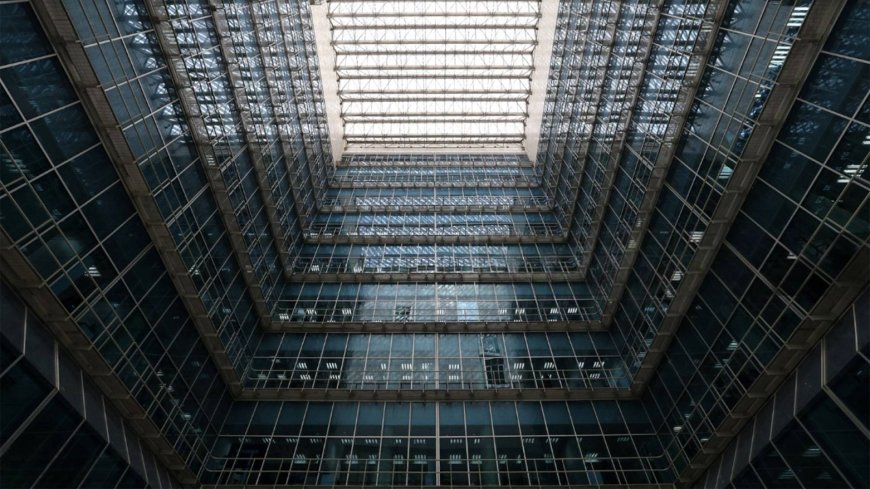
In its latest global update on financial systems, S&P Global Ratings has reaffirmed Iraq’s banking sector as one of the most vulnerable and high-risk in the world, placing it in Group 9 on a 10-tier scale—where Group 10 denotes the gravest levels of systemic instability. The April 2025 edition of the Banking Industry Country Risk Assessment (BICRA) underscores Iraq’s persistent exposure to both economic volatility and deep-seated institutional fragility.
This classification reflects S&P’s continued view that Iraq’s banking industry faces “very high risk” stemming from both economic and structural factors. These include a narrow economic base heavily dependent on oil, chronic political instability, weak regulatory oversight, and the underdevelopment of banking practices, particularly in credit allocation, transparency, and risk governance.
S&P’s methodology evaluates two principal dimensions of a country’s banking sector: economic risk and industry risk. In Iraq’s case, both are graded near the bottom of the scale. The economic risk score reflects the structural weakness of Iraq’s macroeconomic environment—most notably, its vulnerability to oil price fluctuations and limited private sector diversification. On the industry side, the lack of competitive dynamics, poor capitalization of banks, weak regulatory frameworks, and frequent political interference further degrade sector performance.
Perhaps most critically, the agency assigns Iraq an “uncertain” classification in terms of government support—a clear signal that, should banks face a systemic crisis, the state’s ability or willingness to intervene remains doubtful.
This stands in stark contrast to other regional actors such as Saudi Arabia, the UAE, and Qatar, which have all been classified as “highly supportive,” underscoring the significant gap between Iraq and its neighbors in terms of financial system resilience.
According to the report, Iraq shares the Group 9 classification with countries like Nigeria, Tunisia, and Ukraine—all jurisdictions grappling with structural economic hardships or geopolitical upheaval. The full BICRA spectrum ranges from Group 1 (least risky, including countries like Switzerland and Canada) to Group 10 (most risky), which is reserved for the most fragile financial systems globally.
The assessment also reveals Iraq's limited integration into the global financial system. International banks and investors remain hesitant to engage with Iraq’s banking sector due to compliance concerns, political risk, and a legacy of weak anti-money laundering practices.
Additionally, the lack of digitization and low financial inclusion rates further isolate Iraq from the innovations shaping modern banking in more stable economies.
Despite years of proposed reform and sporadic efforts by the Central Bank of Iraq to boost compliance with international standards, results remain uneven. Public confidence in the banking sector is weak, as evidenced by a still-dominant cash economy and widespread reliance on informal financial networks.
The findings from S&P come at a time when Iraq’s government is trying to attract foreign investment and diversify its economy. However, as this report suggests, meaningful progress in the banking sector will require not only technical adjustments but also deeper institutional reform, enhanced transparency, and credible political commitments to financial sector independence and stability.
Until then, Iraq’s financial sector remains perched on precarious ground—susceptible to both global economic shocks and domestic political turbulence, with the country’s economic future tethered as much to international oil markets as to its ability to restore trust and functionality to its banks.
(Source:Kurdistan24)
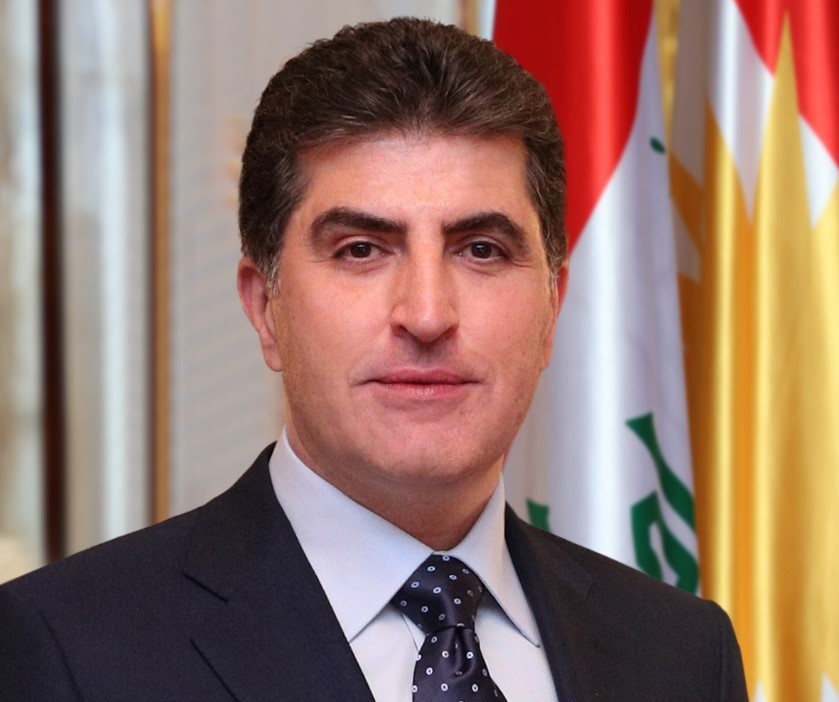
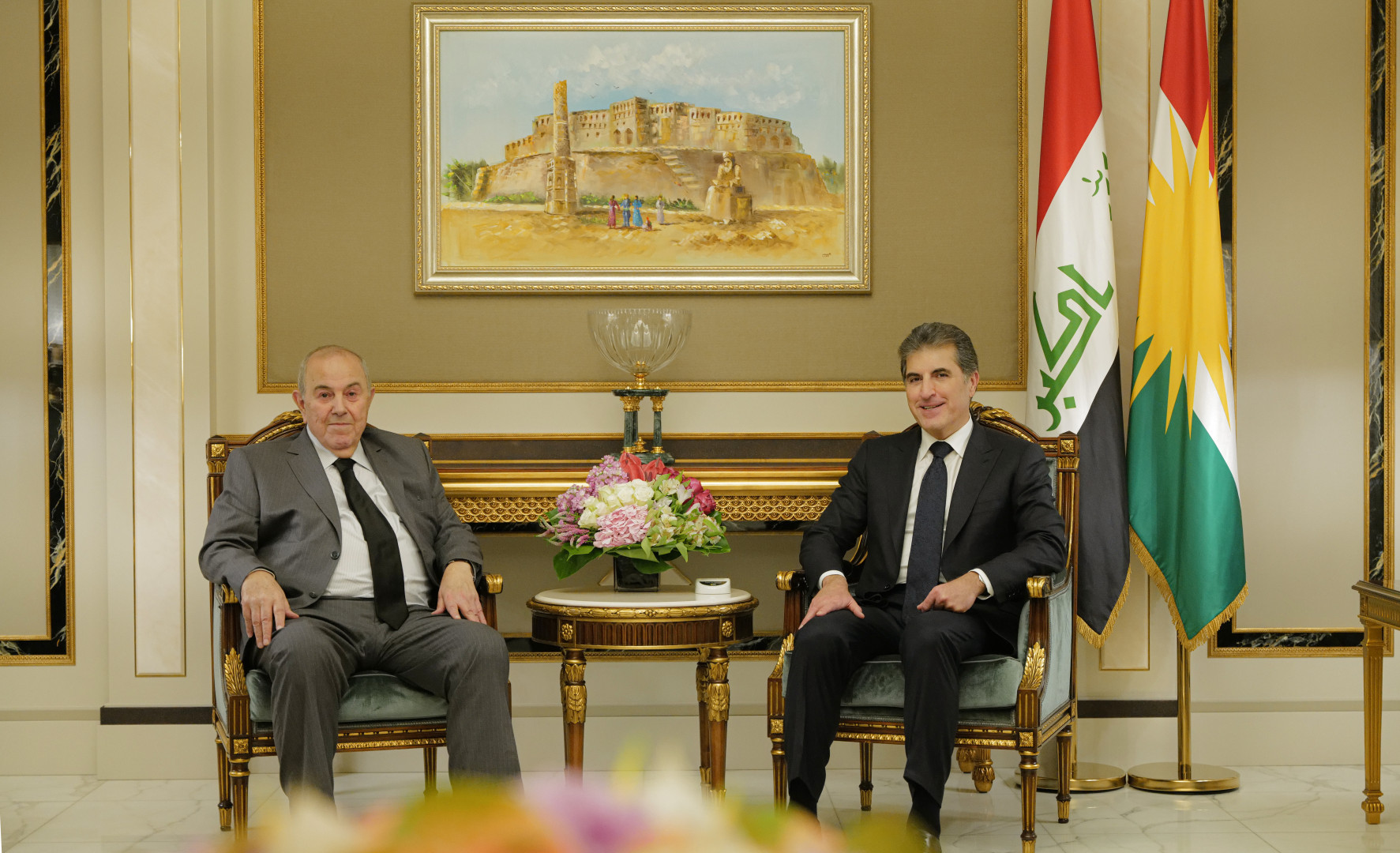





/file/attachments/2984/thamm-wardogs_634348_553ca63ee77f726aad84ee0773cdf004.jpg)

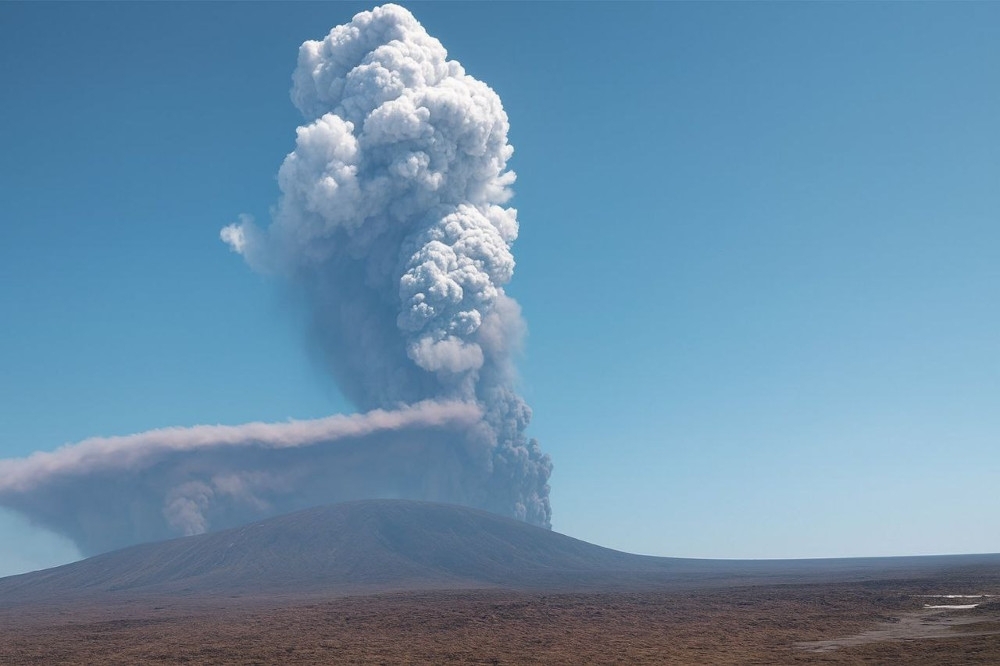

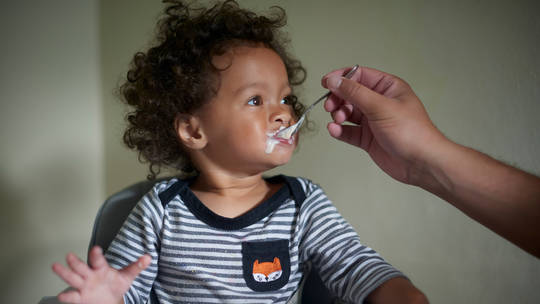
/file/attachments/2984/10accused_746259.jpg)


